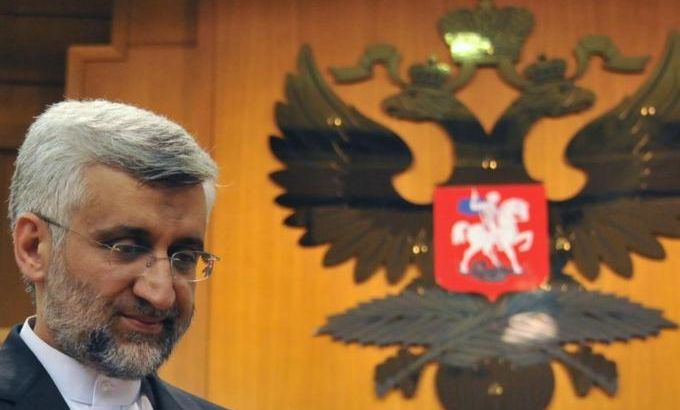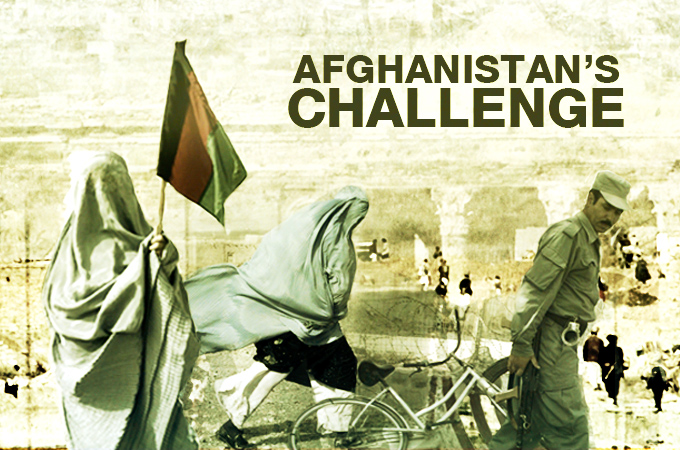A tale of two Kabul schools
Lack of funds threatens some schools, while other institutions are opening franchises across the nation.

Kabul, Afghanistan – Walking towards the house in Karteh Sakhi that serves as a school and training centre for at-risk youth, Mustafa Sahibzada is greeted enthusiastically by a group of schoolboys.
The 250 children currently enrolled at the three-year-old Support Children and Afghan Women in Need Organisation (SCAWNO), once spent their days on the streets of the Afghan capital.
 |
| Click here for more in-depth coverage |
“They used to wash cars, work as shop assistants, collect trash. Anything to make money and pass the time,” says Sahibzada, the organisation’s deputy director.
Keep reading
list of 4 itemsThirty years waiting for a house: South Africa’s ‘backyard’ dwellers
Photos: Malnutrition threatens future Afghan generations
From prisoner to president in 20 days, Senegal’s Diomaye Faye takes office
For the children at SCAWNO, their time as some of the 60,000-70,000 Afghan youths on Kabul’s streets has meant they have fallen behind in their education.
“We find the kids who douse cars with incense or wash tyres all day and ask their parents to enroll them in our programmes so they can one day return to school, rather than begging all day,” says Ahmmad Shikib Masoudi, SCAWNO director.
Through their programme, which includes classes in basic literacy, art, judo, sewing, and Quran recitation, SCAWNO has been able to re-integrate boys and girls up to the tenth grade into state-run public schools.
Despite these successes, SCAWNO, an organisation that receives almost no foreign or government aid, constantly struggles to maintain its services.
| |
| Judo lessons at SCAWNO are just some of the classes run without insitutions seeing much of the $1.9bn of aid earmarked for education in the past decade [Ali M Latifi/Al Jazeera] |
“One month we have the money and the next we don’t. Many times a lack of funds has made us consider closing the doors, but then we look at the children’s faces,” says Sahibzada, a doctor by trade.
Many of the central Asian nation’s 6,000 public schools are based in rented property.
The $600 per month lease on its building near Kabul University is SCAWNO’s “greatest single financial difficulty”, says Sahibzada. So difficult was this burden, that Arif Sultani, the former director of SCAWNO, who recently lost his battle to cancer, would use his medication money to pay the rent.
SCAWNO receives little by way of foreign aid, but the organisation’s struggle to meet its monthly budget needs of $4,400 resonates with warnings issued by major donors and aid organisations ahead of this month’s conference in Tokyo.
Prior to the meeting in the Japanese capital, where donors pledged an additional $16bn in civilian aid through 2015, donors and aid organisations said the advances made in education and health in the past ten years were at great risk without coninued financial commitments.
| Afghan education |
 |
|
Total schools grade 1-12: 12,740 |
| Primary and secondary students: 7.3m (fewer than 1m during Taliban rule) Girls: 2.4m Boys: 4.6m |
| School-age children still uneducated: 4.2m – 40 per cent of which are girls |
| Total adult literacy rate: 39 per cent Female literacy: 13 per cent |
| Number of districts with no girls in grades 10-12: 200 |
| Source: Unicef, CIA World Factbook |
Parnian Nazary, programme officer for the Afghanistan Regional Project (ARP) at the Centre on International Co-operation (CIC) at New York University, says a commitment to organisations such as SCAWNO and the Afghan Institute of Learning – beyond the projected 2014 international troop withdrawal – are important because “investing in education is one of the key factors in brining peace and stability to Afghanistan in the long run”.
Like many other local NGOs, however, SCAWNO officials say they have seen little of the nearly $1.9bn earmarked for education in the past decade.
“We are creating a future for these children so they don’t become thieves or addicts, yet our greatest concern remains money”, says Masoudi.
Sakena Yacoobi, executive director of the Afghan Institute of Learning, another non-state education programme, says civil society organisations, “didn’t get the billions” that were promised.
“People are tired of war. We need to put money into books, into pens, and paper,” Yacoobi told Al Jazeera.
Both SCAWNO and the AIL work to supplement the nation’s 12,740 state-run schools in trying to provide education to the nation’s 7.3m students.
The role of non-state educational institutions is especially important considering what Urs Schrade, a doctoral researcher at Free University Berlin, calls the “remarkable increase in student populations in elementary and secondary schools”.
Schrade says the number of students in the eight years between 2003 and 2011 has increased by nearly six million.
| Schoolgirls in Herat talk to Al Jazeera on the importance of education |
With the 12,000 state-run schools ill-equipped to handle that many students, Ahmad Shuja, director at the Foundation for Afghanistan, says non-state schools fill an important educational niche.
“Public schools run in as many as three shifts, often with crowded classes, where individual students get inadequate attention,” says Shuja.
Yacoobi, whose Michigan-funded AIL organisation runs centres in Kabul, Herat, and Peshawar in Pakistan, says the reported mismanagement of foreign funding and rampant corruption in the Karzai government means Afghans have to take matters into their own hands.
Peace and stability
“If I sit in a corner and think of what the Afghan government could do, we will never get anything done,” she says.
Jamila Alokozai, general manager of AIL’s Kabul office, says the organisation’s model has proven so successful that they run seminars for teachers and administrators at the ministry of education.
Alokozai says the organisation has little expectations of government help. In fact, “we help the government. What does the poor government have?”
| |
| There are 7.3m students in Afghanistan [Ali M Latifi/Al Jazeera] |
Shuja says non-state educational institutions, such as the AIL and SCAWNO, “cover a broad swathe of educational needs that generally cannot be met by any kind of government program”.
The AIL and SCAWNO are examples of the important role non-state institutions play in the development of human capital and professional capacity in Afghanistan, he says.
The loss of those advances “will be very costly for Afghanistan – a country with 35 per cent unemployment – that desperately needs trained, skilled and educated individuals”, says Shuja.
The two organisations provide similar services to the youth and women of Afghanistan, but the physical differences in the facilities of the AIL and SCAWNO tell the story of financial difficulties facing Afghan NGOs.
The walls of the cramped seven-room house SCAWNO is based in are cracking.
The patio area, usually a point of pride in Afghan households, is covered in dirt and boulders that need to be cleared away to provide an outdoor physical activity space for the students.
“We don’t even have the money to clear away these rocks to erect a tent, for when it gets too hot to hold class”, says Sahibzada. The building lacks air conditioning, and temperatures in Kabul summers can reach upwards of 30 degrees Celsius.
| English teacher Nasrin Baidi talks to Al Jazeera’s Bernard Smith about the difficulty of educating girls under Taliban rule |
The AIL, funded by US-based non-profit Creating Hope International, on the other hand, has primary schools, high schools (including a centre for college-entrance exam preparation), clinics, and women’s training centres in Kabul, the southwestern province of Herat, and in the Pakistani city of Peshawar.
Yet Sahibzada says without financial support, SCAWNO will have no choice but to close its doors, leaving the children to return to selling newspapers, polishing shoes, and assisting shopkeepers – all jobs with very few prospects for advancement.
On a daily basis, eager children ask to join SCAWNO’s programmes. “As we tell them that we cannot predict the future and cannot enroll them, tears appear in their eyes”, says Sahibzada.
Desperate to take part, the children even try to bring an elder to plead their case for enrollment, but Sahibzada says that increasingly, SCAWNO has had to warn the children that the doors could close soon.
“At this point, if things don’t change, we have little other choice”.
Follow Ali M Latifi on Twitter: @alibomaye

